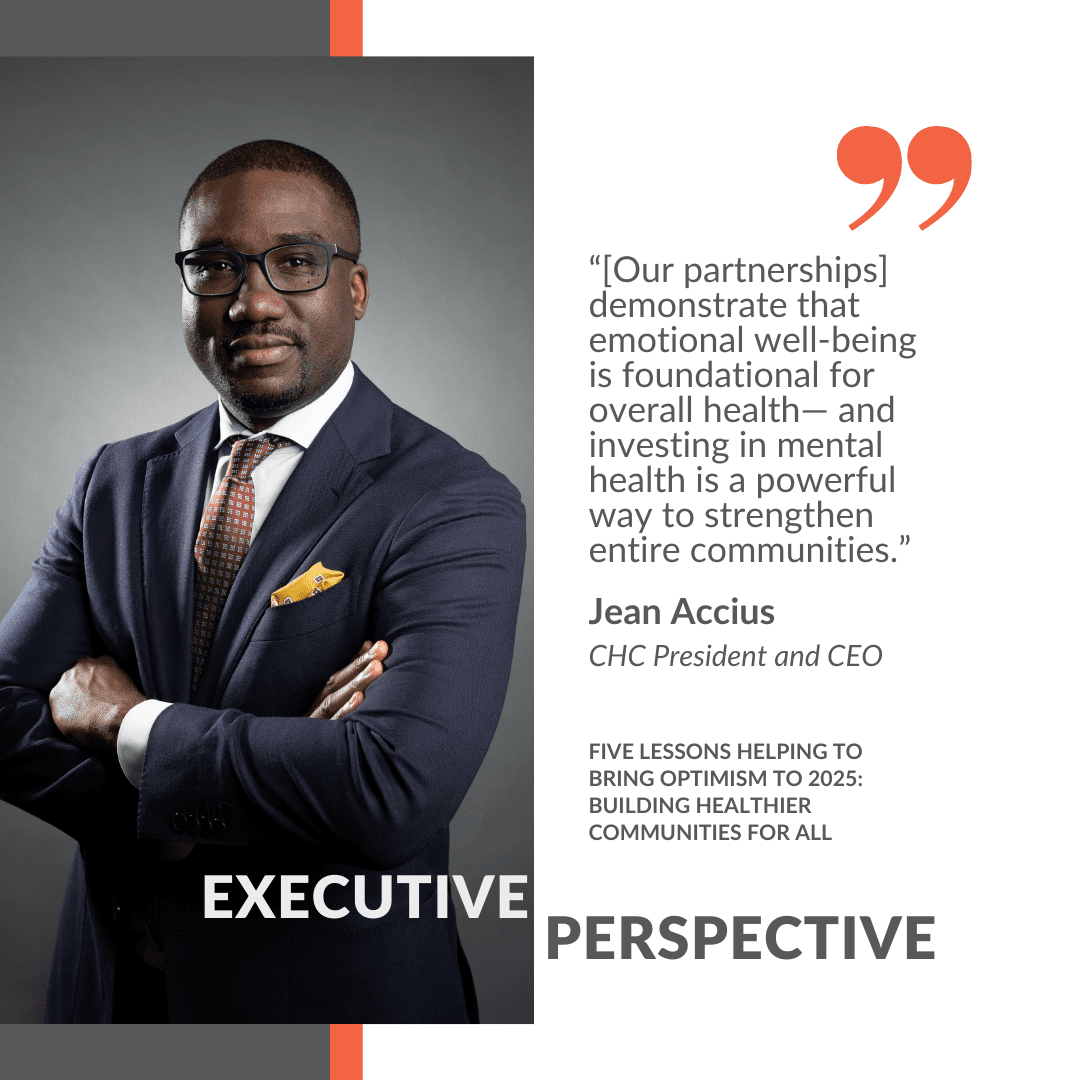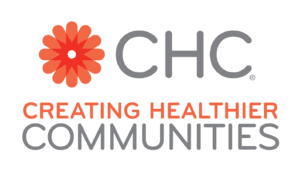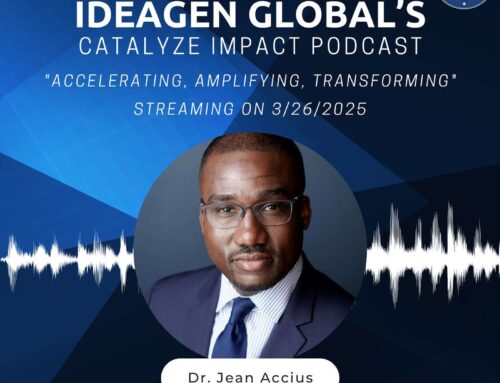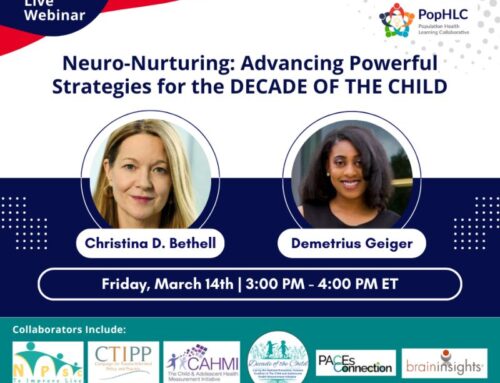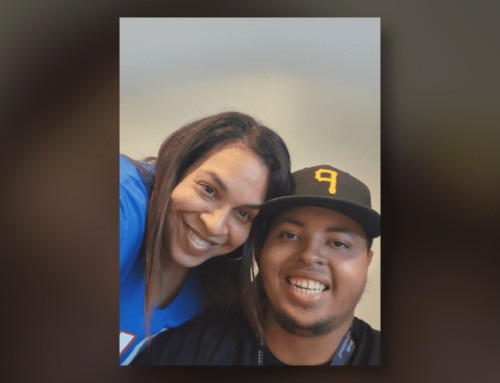Five Lessons Helping to Bring Optimism to 2025: Building Healthier Communities for All
By Jean Accius, President and CEO
At the start of a new year, I like to reflect on progress made and the lessons learned over the past 12 months that can help guide the year ahead. Reflecting on the past remarkable year with CHC: Creating Healthier Communities, we have seen successes that are transforming how we address health and well-being at the community level.
Here are a few take-aways from 2024 that make me optimistic about the year ahead:
1. Mental Health is Health
Time Magazine called 2024 a pivotal year for mental health, primarily due to new research findings and attention driven by the pandemic. In addition to improving and saving lives, data from the National Academies of Science, Engineering, and Medicine shows promoting mental health saves $2-$10 in health costs per dollar spent.
And at CHC, we have made significant strides with our partners to improve mental health at the community level specifically through our Black Birthing Initiative (BBI). Now in its third year supported by the Elevance Health Foundation, the BBI has demonstrated improved maternal mental health outcomes. Recent BBI data showed a decrease in participants reporting moderate to severe anxiety – from 24.6% at the start of the program to 15.9% at the program’s midline.
Another example is our work with The Chickasaw Nation of Oklahoma and Telligen, who provided a combined gift to CHC to support mental health and substance use disorder programs within their community. This work is critical as Native Americans continue to die from preventable illnesses at higher rates than other Americans and are three times more likely to die of drug overdoses.
We also engaged with the American Psychiatric Association Foundation’s (APAF) My Brother’s Keeper Project. This program is part of APAF’s Mental Health Works Campaign designed to address the growing mental health crisis among African American/Black (AA/B) men and boys in America. At the local level, CHC partnered closely with the Concerned Citizens Network Alexandria (CCNA) – a nonprofit organization that engages with many community leaders and organizations to address the issues of equity in education, social justice, and health, with a particular focus on addressing mental health.
It’s been heartening to watch the conversation around mental health shift from stigma to empowerment on the national stage and in the communities we serve. And partnerships like these demonstrate that emotional well-being is foundational for overall health – and that investing in mental health is a powerful way to strengthen entire communities.
2. Community Solutions Can Turn Adversity into Scalable Impact
One thing we see year after year is that the most successful initiatives are those developed by and with communities, not for communities. We’ve seen through our partnership with Merck how focused, locally led initiatives can make an impact in underserved communities.
Just recently, we partnered with Merck to award Rapid Response Grants to three community-based organizations in Georgia as part of CHC’s Vaccination Equity Initiative (VEI). Cervical cancer, despite being largely preventable through methods including HPV vaccination, remains a serious health threat in Georgia. Georgia’s HPV vaccination rate stands at just 62 percent, significantly below the CDC’s target of 80 percent. The initiative is designed to combat barriers to cancer prevention in underserved Georgia communities around Macon, Augusta, and Savannah and the grants support community-based organizations working to reduce HPV-related cancer incidence rates and improve health equity in the region.
We are excited for the impact these new partnerships and grants will bring in the year to come because we know solutions that work in one area can often be implemented to improve health equity in other communities, expanding impact far beyond a program’s initial intent.
3. AI is an Important Tool to Meeting Critical Societal Needs
Artificial intelligence (AI) is being used today in all aspects of life, including applications in health equity, food security, workforce accessibility, and more. And CHC is staying at the forefront of how this important tool can advance our work through partnerships and sharing key perspectives from leaders and organizations on the frontlines.
In our partnership with Homeplate Solutions, we aim to transform access to healthy food by eliminating food deserts and providing equitable access to affordable, nutritious, and climate-smart food for every community across the U.S. Their AI-enabled technology and integrated dietary management platform is working to provide greater affordability and food accessibility to community-based nutrition organizations.
We are also encouraged by the work of corporations like Microsoft working to make technology more accessible to one of the most vulnerable and often forgotten groups among us: the disabled. More than 1 billionpeople around the world live with a disability and the practical impacts are huge. Employment and education rates are lower and poverty rates are higher for people with disabilities. Recently, we shared perspectives on the CHC blog from Microsoft President Brad Smith on their new five-year commitment to create and open doors to bigger opportunities for people with disabilities.
People with disabilities represent one of the world’s largest untapped talent pools and the new initiative will bring together every corner of Microsoft’s business to spur the development of more accessible technology in their industry and the economy; create opportunities for more people with disabilities to enter the workforce; and, build a workplace that is more inclusive for people with disabilities.
4. Fostering Conversations and Connections Key to Total Well-Being at Work
At our deepest core, most people (if not everyone) want to be heard, seen, and valued. This is even more important at work, where so many of us spend most of our waking hours. When thinking about community health, we cannot ignore the workplace because it plays such a vital and central role in people’s lives. Creating environments where people can bring their entire selves to work – emotionally, mentally, and physically – is a critical part of overall well-being.
At CHC, we are leading the charge by offering four-day work weeks, a remote-first working environment, in-person meetings with a purpose, investments in staff development through LinkedIn Learning (and more) to promote total well-being and work-life integration for our staff. We also encourage staff to live our mission by giving back to nonprofit organizations – our December internal campaign exceeded last year’s fundraising goal by nearly 20 percent and increased staff participation by 25 percent. Hear more about what we’re doing on WorkingNation.
5. Collaboration Is the New Currency
No single organization can do this work alone. Across the board, the most effective programs combine resources, expertise, and passion. Our collective efforts with businesses, nonprofits, and community leaders have shown that pooling talents and knowledge not only magnifies our impact but also fosters lasting relationships.
In 2024, “going further together” became more than a mantra – it became the bedrock of sustainable, community-driven change.
Looking to 2025 We have strengthened our belief that we can remove the barriers to health when communities lead the way, mental health is recognized as integral to overall well-being, we are applying the latest technology to solve lingering challenges, we stay focused on job quality, and collaboration remains at the heart of every initiative. As we step into 2025, I look forward to working with our partners, old and new, to continue building healthier, more resilient communities.
Here’s to a new year filled with hope, collaboration, and solutions that can change the world, one community at a time.
